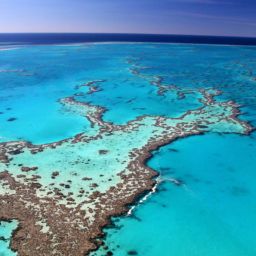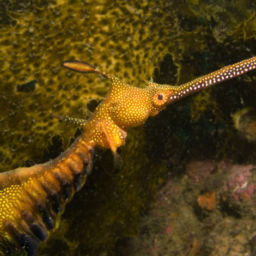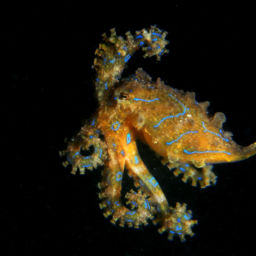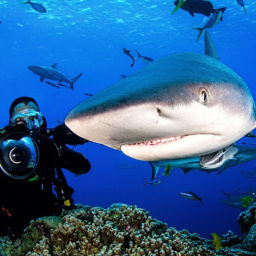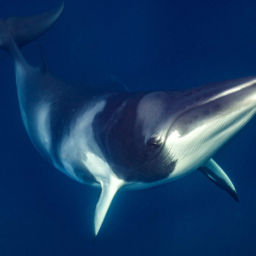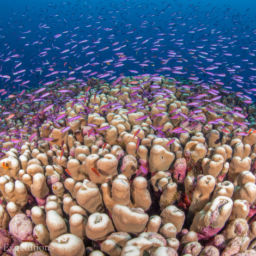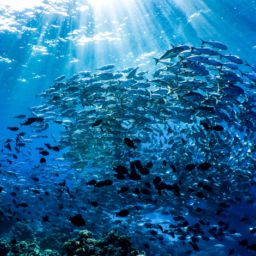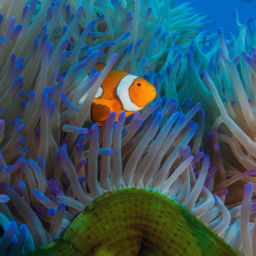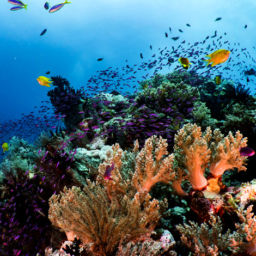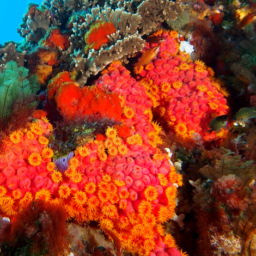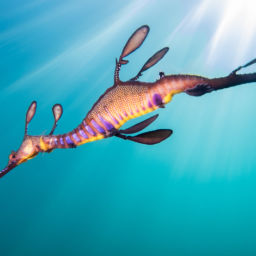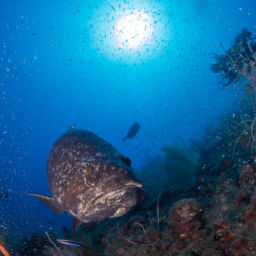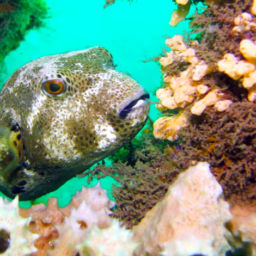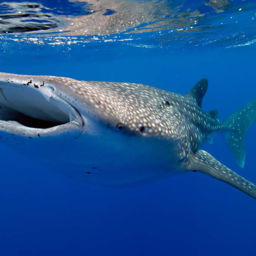Once a year, on a few unpredictable days between the end of May and middle of June, off a couple of piers in Port Phillip Bay, Victoria, Australia the annual spider crab migration takes place. Thousands of these melon-sized crabs climb up out of the depths and, in the process, absolutely blanket the seafloor. The sheer volume of crabs is spectacular — everywhere you look, the animals are crawling all over each other. Aside from the multitudes, it’s also a great chance to watch the crabs climb out of their existing exoskeletons and emerge a brilliant orange color.
See the great spider crab migration
The migration happens over a few days, mainly in the waters around the Mornington Peninsula’s Blairgowrie Pier. It has also been known to occur on piers in nearby Rye and Sorrento. Unfortunately, it’s impossible to predict the migration’s exact timing; the only way to know when the crabs have arrived is to wait for the social-media pictures to start appearing. Once this happens, drop what you’re doing, grab your dive gear and make your way immediately to the crystal-clear waters of Port Phillip Bay for an awe-inspiring experience.
Where the crabs spend the rest of the year is largely unknown. Scientists think that they normally reside at great depth, as recreational divers rarely encounter them. During their yearly migration, they move to the shallows in enormous groups. Here they molt their shells, using safety in numbers to avoid predators. The water averages only 13 feet (4 m) deep, so you must have good buoyancy. Otherwise, you could be looking at a nasty, sharp encounter if you hit bottom.
The shallow, calm water, paired with the dive site’s easy access mean that someone with average air consumption can easily get more than an hour of bottom time. The only downside to the event is that it’s in the winter. You’ll want a drysuit or multiple layers of neoprene to stay warm in the chilly water, with temperatures no higher than 54 F (13 C), especially since you won’t be swimming very much.
What else is there to see?
There are plenty of other critters to see on these piers if you do miss the migration. Blairgowrie is home to more than 100 different species of nudibranch, along with octopus, angel sharks, bull rays, and many other fascinating underwater animals. There is even a public jetty attached to the main pier, dedicated entirely to shore diving. Here, you can enter and exit the water safely without worry about the boat traffic.
So if you’re in Victoria, Australia at the beginning of winter, keep your eyes and ears open for news that the spider crab migration has begun. You may just have one of the most unforgettable dives of your life.
Make it happen
It may require patience to see this amazing event, as not much is known about what initiates the migration. It does, however, last for a few days. There’s more than enough time to fly or travel to Melbourne once the migration starts, if you’re already in Australia.
Flights can be quite affordable as Melbourne is one of the country’s biggest cities. Unfortunately, public transportation can be difficult. Having access to your own car is best. Local divers and dive shops are friendly, however, and can often help you out. The dive site itself is safe and easy enough for open-water divers to explore. The only real hazard is the low water temperature.
With the exact timing unknown, the best way to plan a trip here is to watch social-media pages and dive-shop websites. Diveline in Frankston has a great team who can keep you up-to-date with the migration, while also providing guided shore dives (and some transport assistance/advice). They’ll help ensure that you get to see as many of these amazing crabs as possible.





